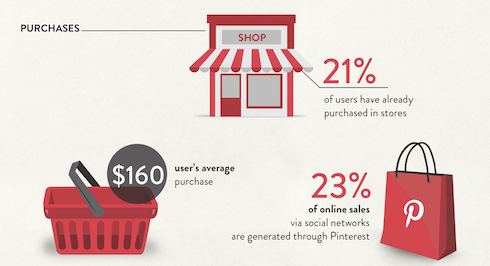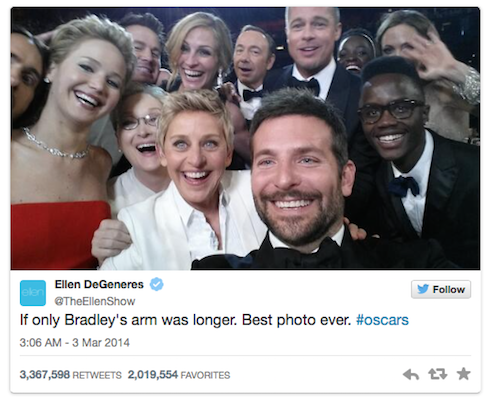By adaptive - December 17th, 2014
As 2014 comes to a close, how has corporate social media developed over the last year?
For corporate marketers 2014 was the year where social media took on an altogether more tactile face. Until this year social media had been somewhat of an unquantifiable space that corporations knew was important, but remained somewhat sceptical about its real value to their businesses. In 2014 this view has radically changed, as social media networks have become clear commercial spaces that will only expand and mature over the next few years.



